5 Trombone Flexibility Exercises — Mastering Trombone Slur Notes Without Slide For Beginners
Original price was: $0.65.$0.00Current price is: $0.00.
This comprehensive set of five trombone flexibility exercises focuses on developing lip slurs, note transitions, and overall embouchure control. Designed for players of various skill levels, these exercises progressively challenge trombonists to improve their flexibility, range, and tone quality across different registers and playing techniques.
Description
Trombone flexibility exercises are crucial for developing a player’s embouchure control, range, and overall tone quality. These exercises, focusing on lip slurs, help trombonists navigate seamlessly between different partials and improve their overall playing technique. Let’s dive into a comprehensive set of flexibility exercises designed to enhance your trombone skills.
MusicSheetViewerPlugin 4.1Trombone Flexibility Exercises — Sheet Music Overview
The sheet music provided showcases five distinct flexibility exercises for trombone, each targeting different aspects of lip control and slide technique. These exercises are structured to progressively challenge the player, starting with basic note flexibility and advancing to more complex patterns involving dynamics and tonguing.
- **Note Flexibility**
- This exercise begins with single-note flexibility, encouraging players to move between partials in various directions. The tempo is set at ♩ = 90, providing a moderate pace for precise execution.
- ** Two-Note Flexibility**
- Building on the first exercise, this section introduces two-note patterns at a slightly faster tempo (♩ = 96).
- It helps develop smoother transitions between adjacent partials.
- **Three-Note Flexibility with Dynamics**
- This exercise incorporates dynamic changes (forte to piano) and “No Breath” sections, challenging players to maintain consistent tone quality across volume levels.
- **Descending Patterns**
- Focusing on downward slurs, this exercise helps players develop control in the lower register and improve their ability to navigate descending passages.
- **Flexibility with Tonguing**
- The final exercise combines lip slurs with articulation, enhancing the player’s ability to coordinate tongue and lip movements.
Trombone Flexibility Exercises — Step-by-Step Breakdown
- Start with long tones to warm up your embouchure.
- Begin with the first exercise, focusing on clean transitions between notes.
- Progress to the two-note patterns, maintaining evenness in tone and rhythm.
- In the dynamic exercise, exaggerate the volume changes while keeping the pitch stable.
- Practice the descending patterns slowly, ensuring each note speaks clearly.
- For the tonguing exercise, focus on crisp articulations without interrupting the air flow.
Trombone Flexibility Exercises — Technical Details and Musical Analysis
These exercises are designed to strengthen the player’s embouchure and improve flexibility across the trombone’s range. The use of different rhythmic patterns (triplets, eighth notes) and dynamic changes helps develop a well-rounded technique.
The exercises primarily use the bass clef and explore various key signatures, encouraging familiarity with different tonal centers. The inclusion of chromatic elements (especially in the later exercises) further challenges the player’s ear and technique.
Trombone Flexibility Exercises — Common Challenges and Solutions
- **Uneven Transitions** — Focus on maintaining consistent air support between notes.
- **Pitch Accuracy** — Use a tuner to check your intonation, especially on extreme high or low notes.
- **Fatigue** — Take frequent breaks and build endurance gradually.
- **Tonguing Coordination** — Practice tonguing exercises separately before combining with lip slurs.
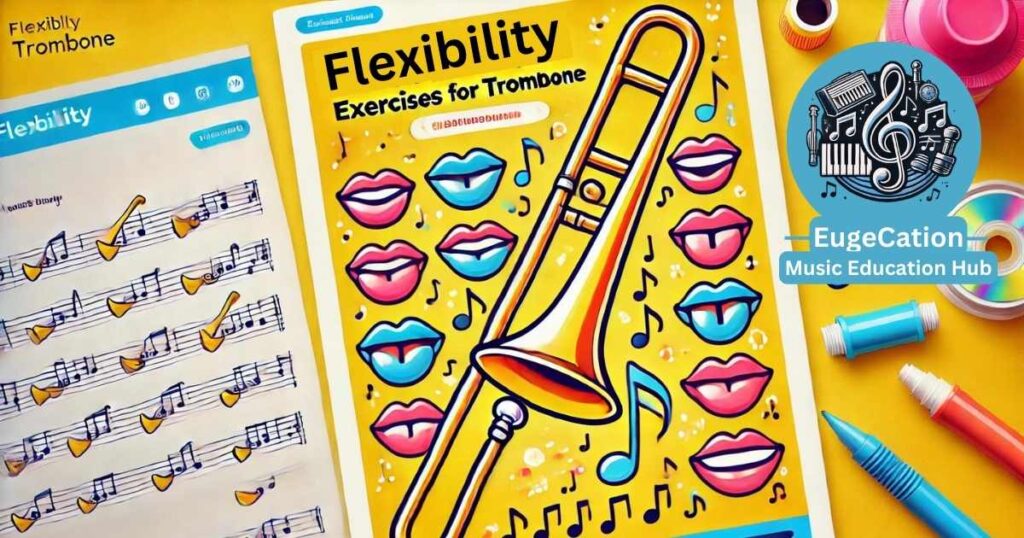
Trombone Flexibility Exercises — Tips for Effective Practice
- Start slowly and gradually increase tempo as you gain proficiency.
- Use a metronome to maintain steady rhythm and tempo.
- RECORD yourself to identify areas needing improvement.
- Practice in short, focused sessions rather than long, tiring ones.
- Incorporate these exercises into your daily warm-up routine.
Trombone Flexibility Exercises — Benefits to Overall Trombone Playing
Mastering these flexibility exercises will significantly improve your:
- Tone quality across all registers
- Ability to play smooth legato passages
- Control over dynamics and articulation
- Overall embouchure strength and endurance
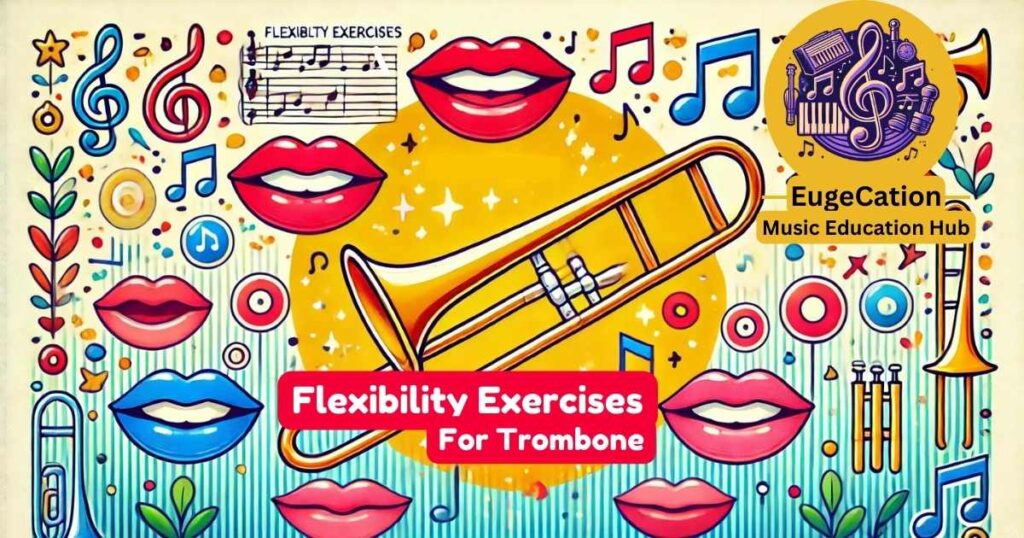
Trombone Flexibility Exercises — Related Exercises and Next Steps
To complement these exercises, consider practicing:
- “ Long tone” exercises to improve breath control for beginner and intermediate players
- Trombone Scale Chart in PDF — patterns to enhance finger dexterity and slide technique
- “Trombone Lip Slurs” — 2-page beginner essential warm-ups
Remember, consistent practice is key to seeing improvement. Start with small sections and gradually build up to playing through all exercises in one session. Happy practicing, and enjoy the journey to becoming a more flexible trombonist!
Additional information
| Instrument | Trombone |
|---|---|
| Level | Beginner, Intermediate |
| Type | Sheet Music |




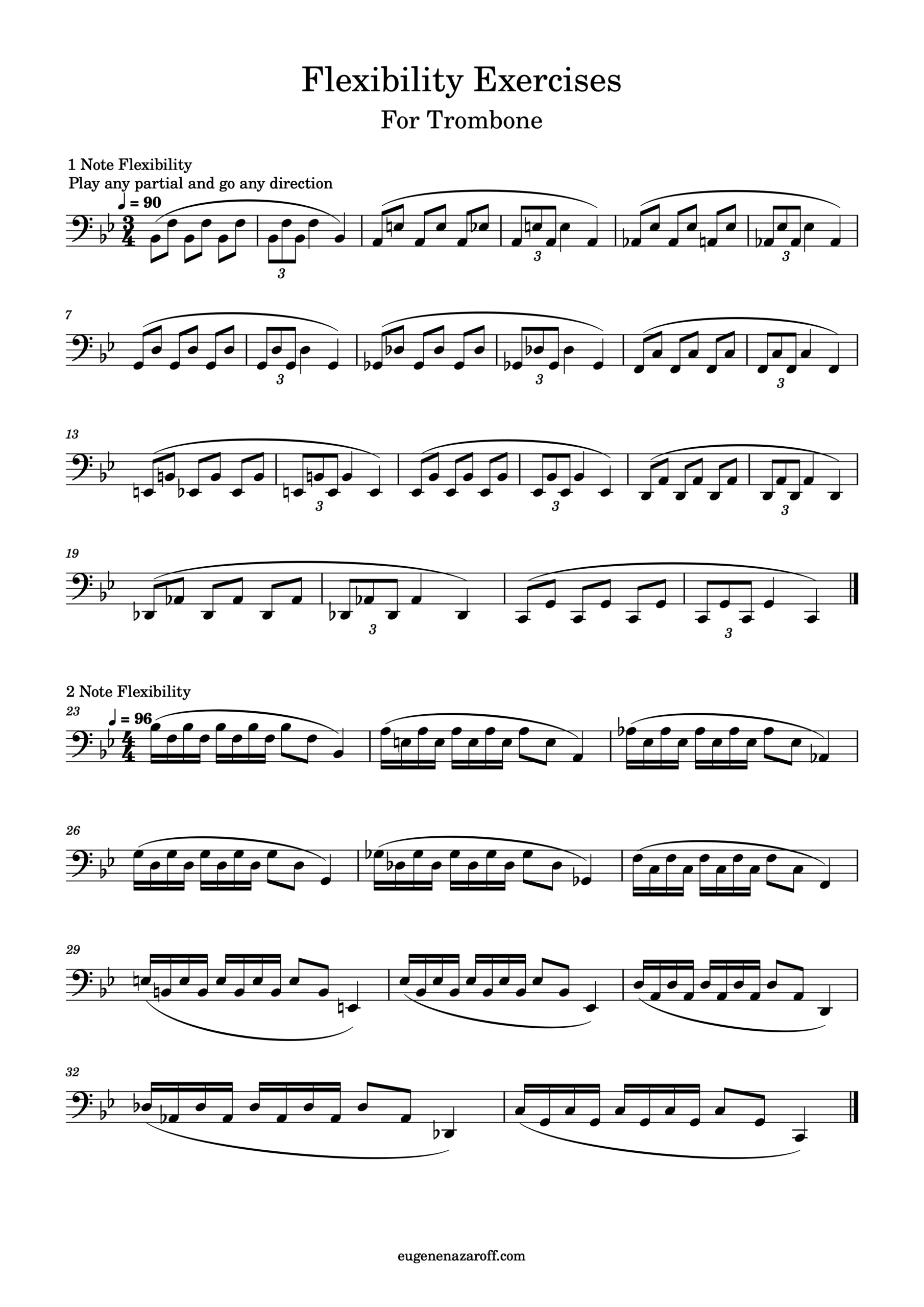
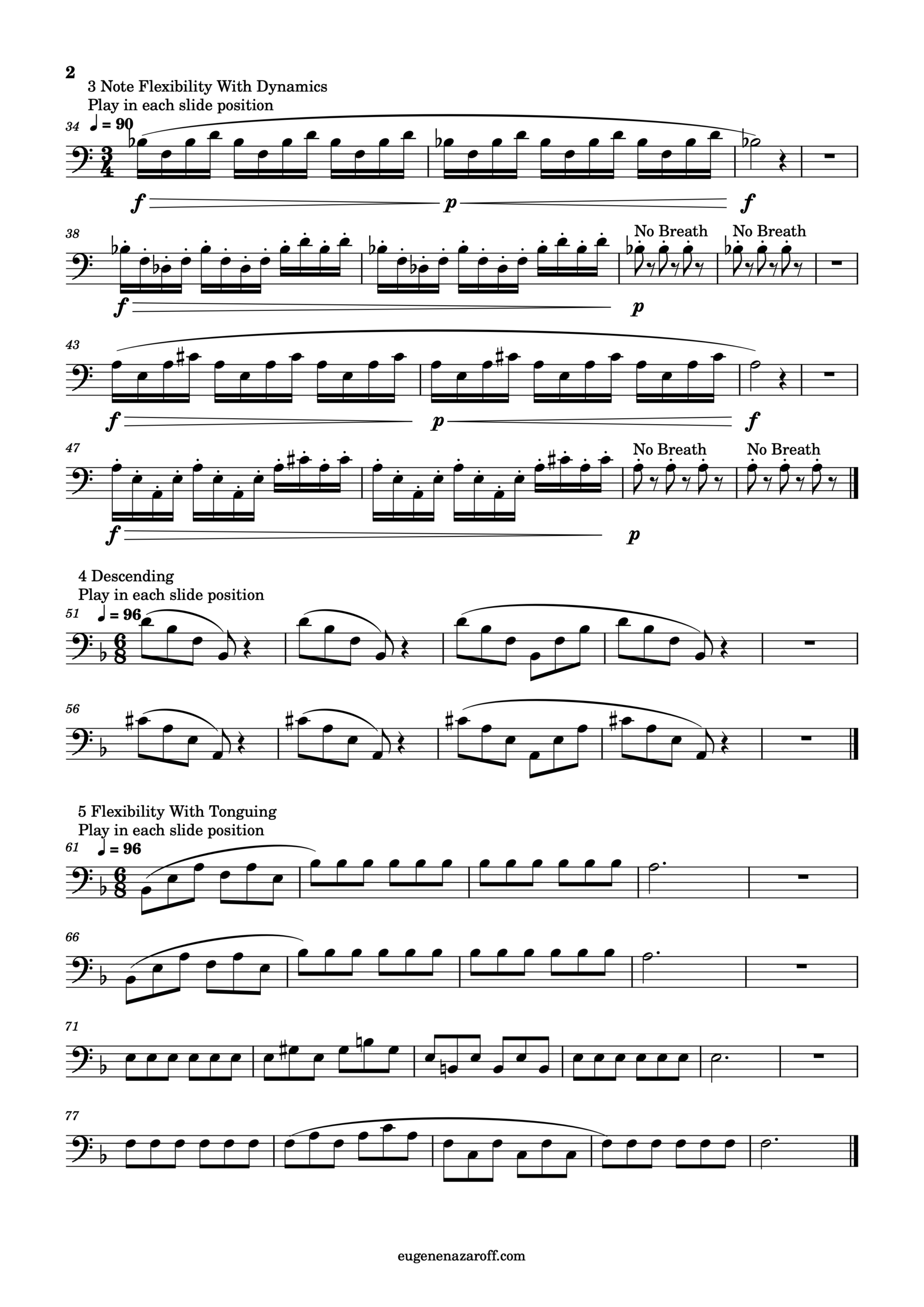

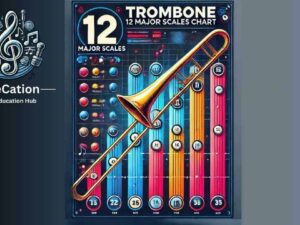


Reviews
There are no reviews yet.